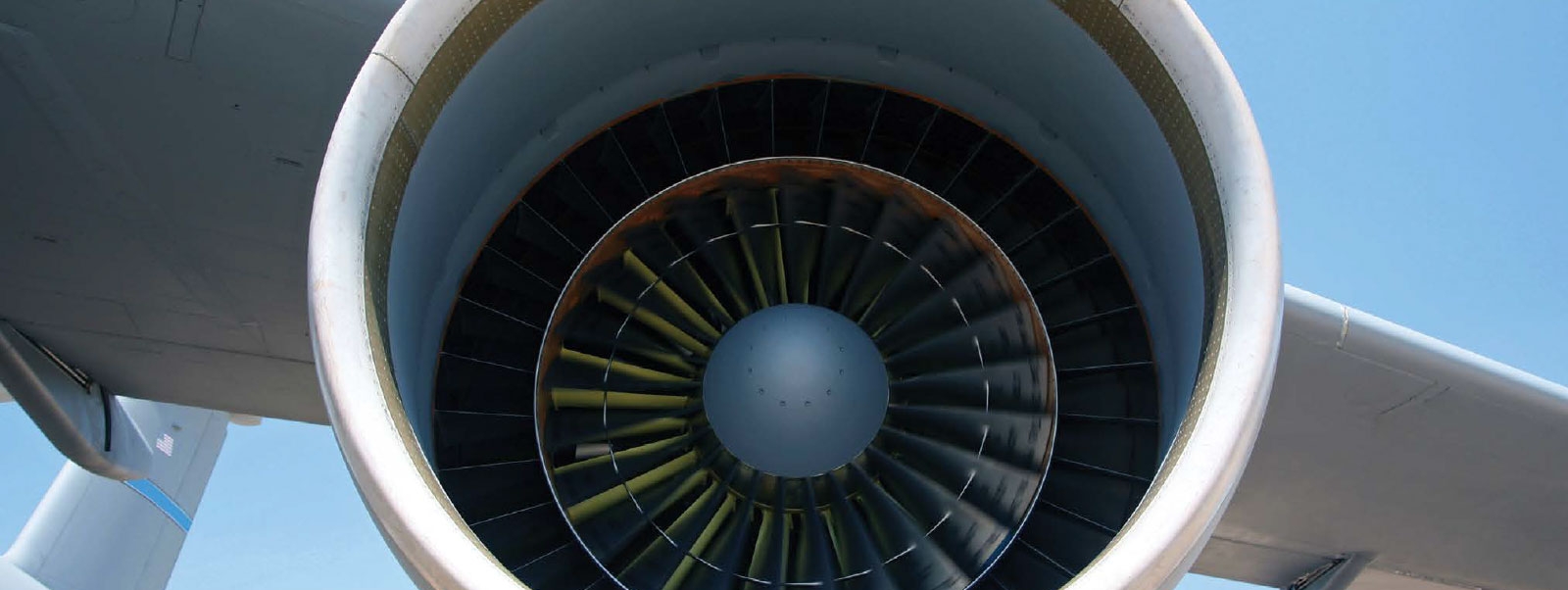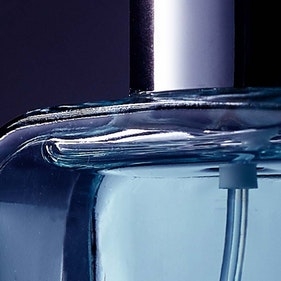In our annual MRO Survey, Oliver Wyman confirmed this competitive imbalance is deepening. To thrive rather than survive, MROs must bid for long-term maintenance contracts during aircraft selection. They could do so by forming partnerships with aircraft lessors and airframe manufacturers. As the maintenance industry churns, another dynamic could offer hope for US MROs. After years of sending airframe maintenance work overseas, U.S. airlines are quietly considering moving maintenance work back home.
More than half of North American airline survey respondents said they would consider moving airframe maintenance work back to the U.S., even if it cost more. We think this shift could represent more than 5,000 new jobs.







